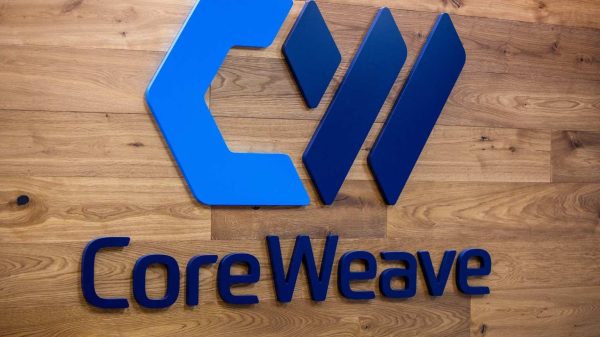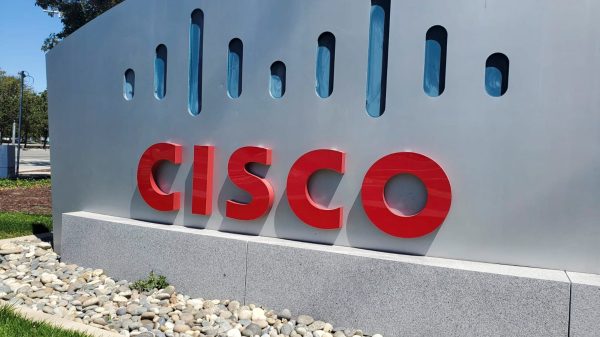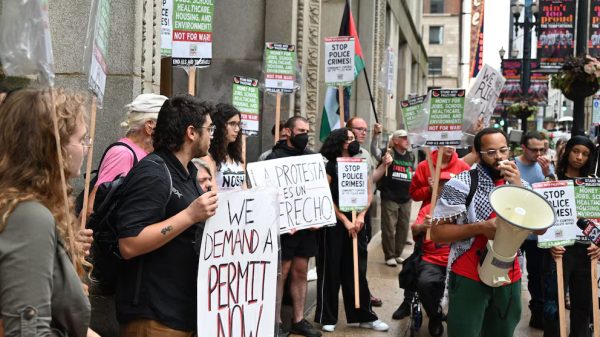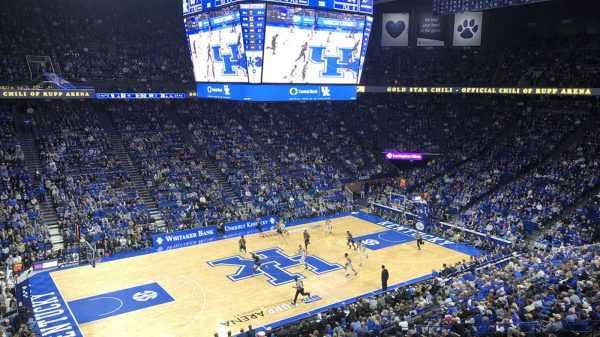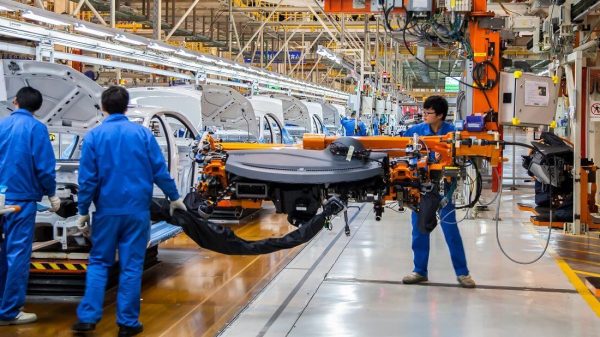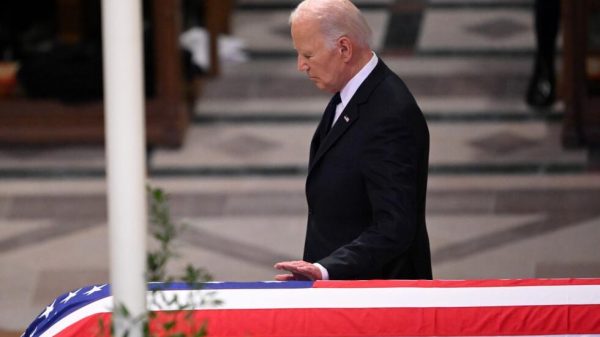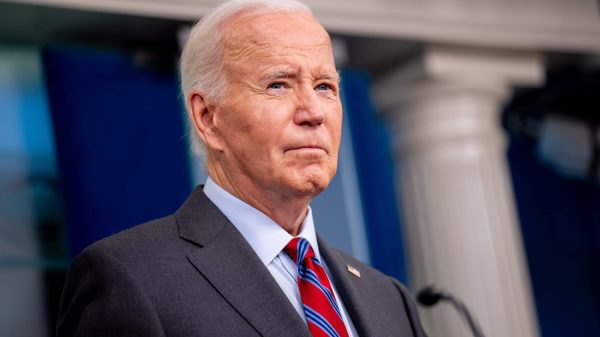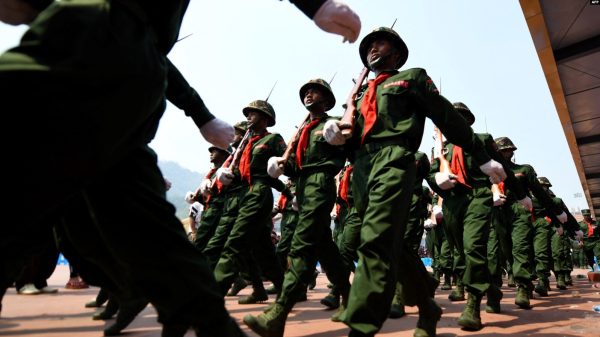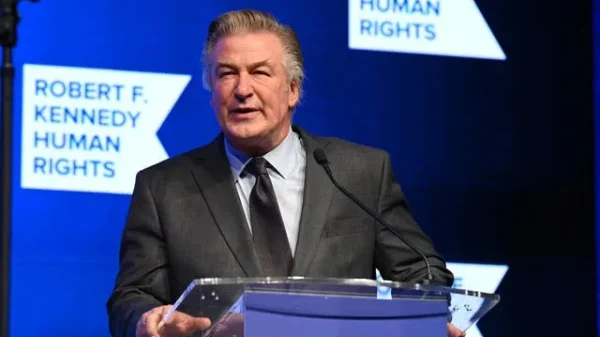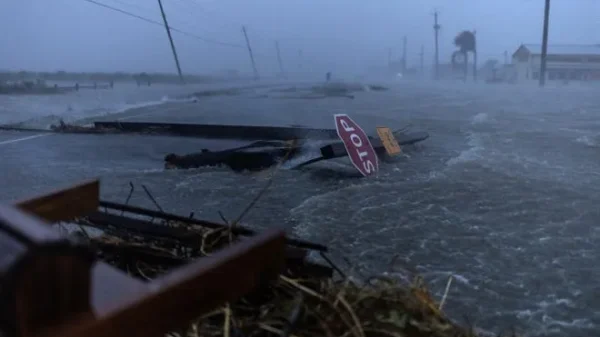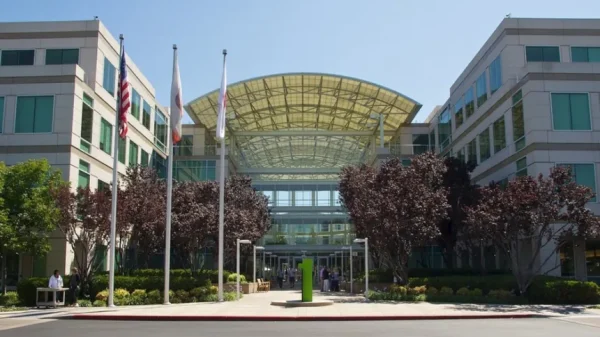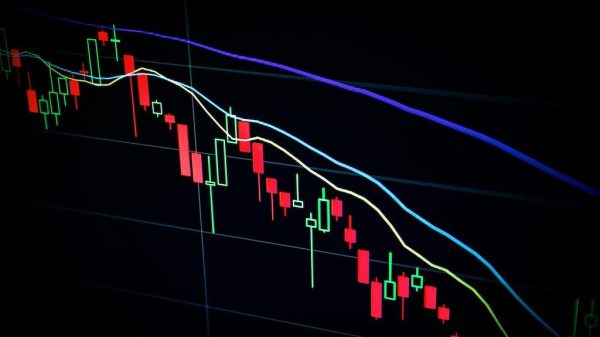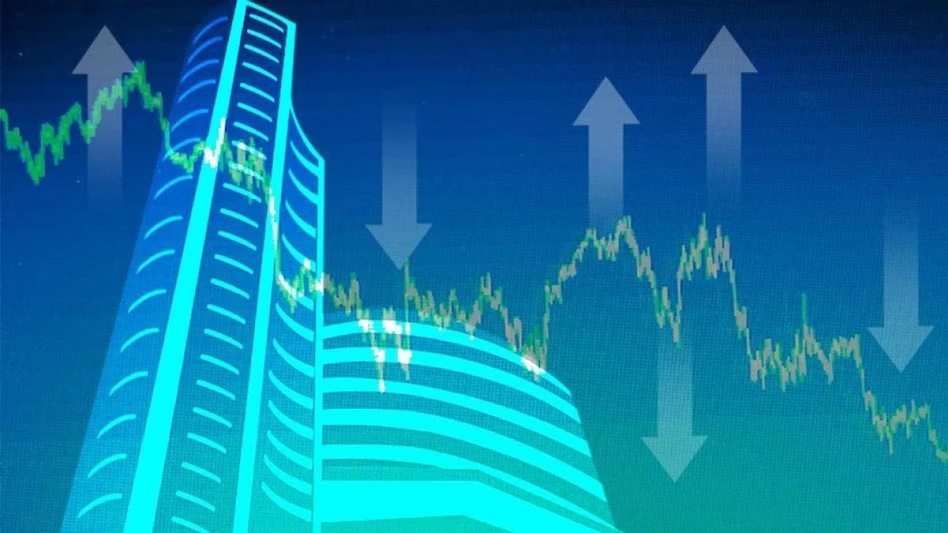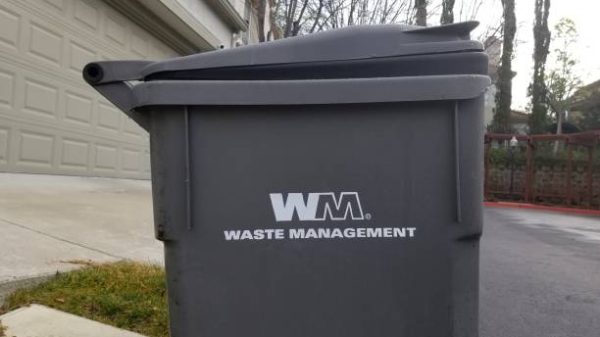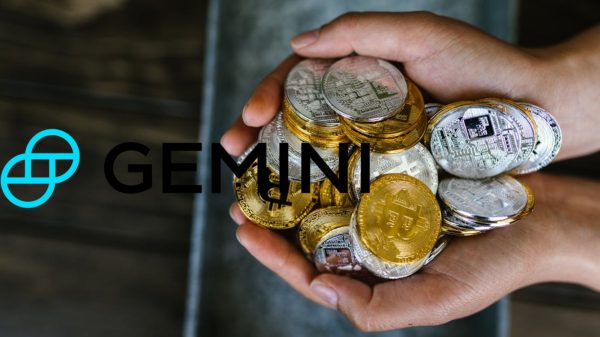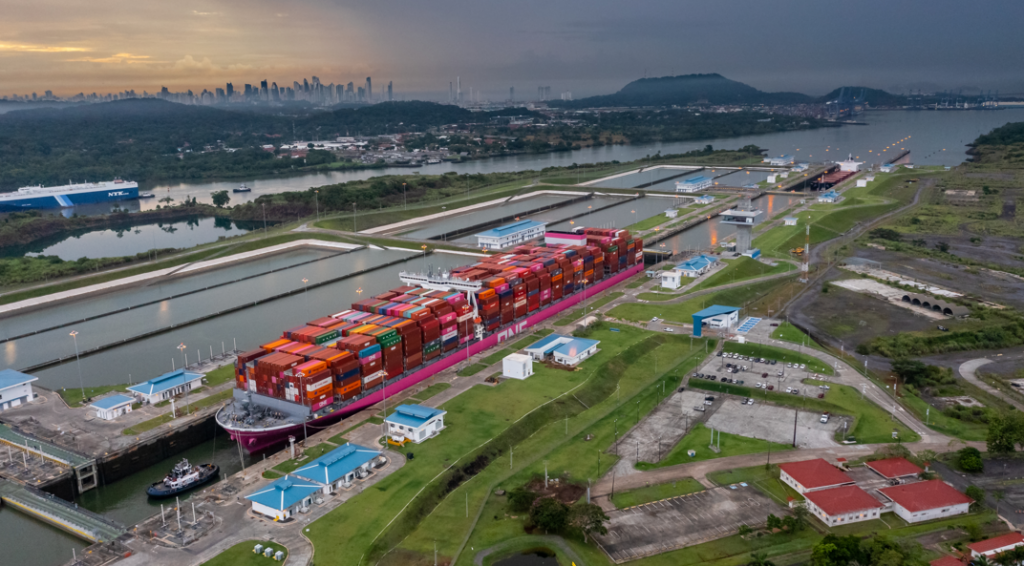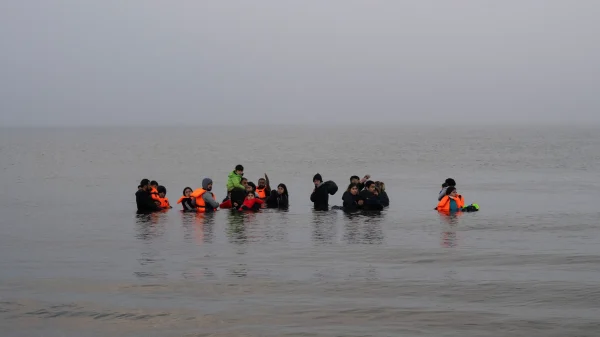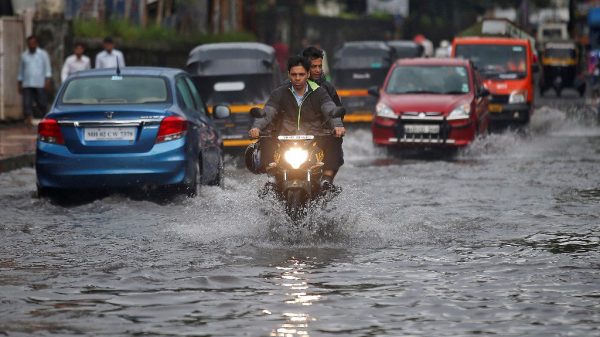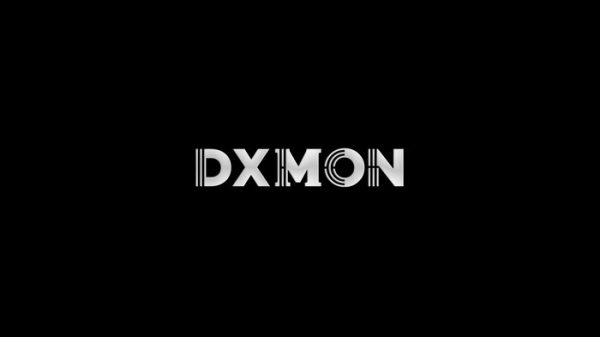The Panama Canal Authority (ACP) has introduced a new initiative designed to prioritize vessels operating on low-carbon fuels and those equipped with energy-efficient technologies.
This move aligns with the ACP’s broader strategy to reinforce both its own and global shipping decarbonization goals.
This initiative establishes a dedicated weekly transit slot for Neopanamax vessels that meet stringent low-carbon criteria.
As outlined, the service is scheduled to launch in October 2025, offering expedited transit for eligible ships. These include vessels outfitted with energy-saving technologies and those that are dual-fuel-ready, capable of running on at least one fuel with a well-to-wake (WtW) carbon intensity of less than 75 gCO2(e)/MJ.
According to the ACP, this program is part of its ongoing commitment to achieving climate neutrality and assisting the global shipping industry in its transition toward net zero emissions by 2050.
The newly introduced program designates one slot per week beginning with “Period 1A” on October 5 this year. It ensures a 24-hour transit time and offers a ‘just-in-time service’ to optimize scheduling for shipping companies.
However, the eligibility criteria will be implemented in phases. Specifically, in the initial Period 1A phase, dual-fuel vessels with a carbon intensity below 75 gCO2(e)/MJ will be eligible.
Then, Phase 2—set to launch in 2026—will expand eligibility to include additional green technological advancements, further broadening the scope of qualifying vessels.
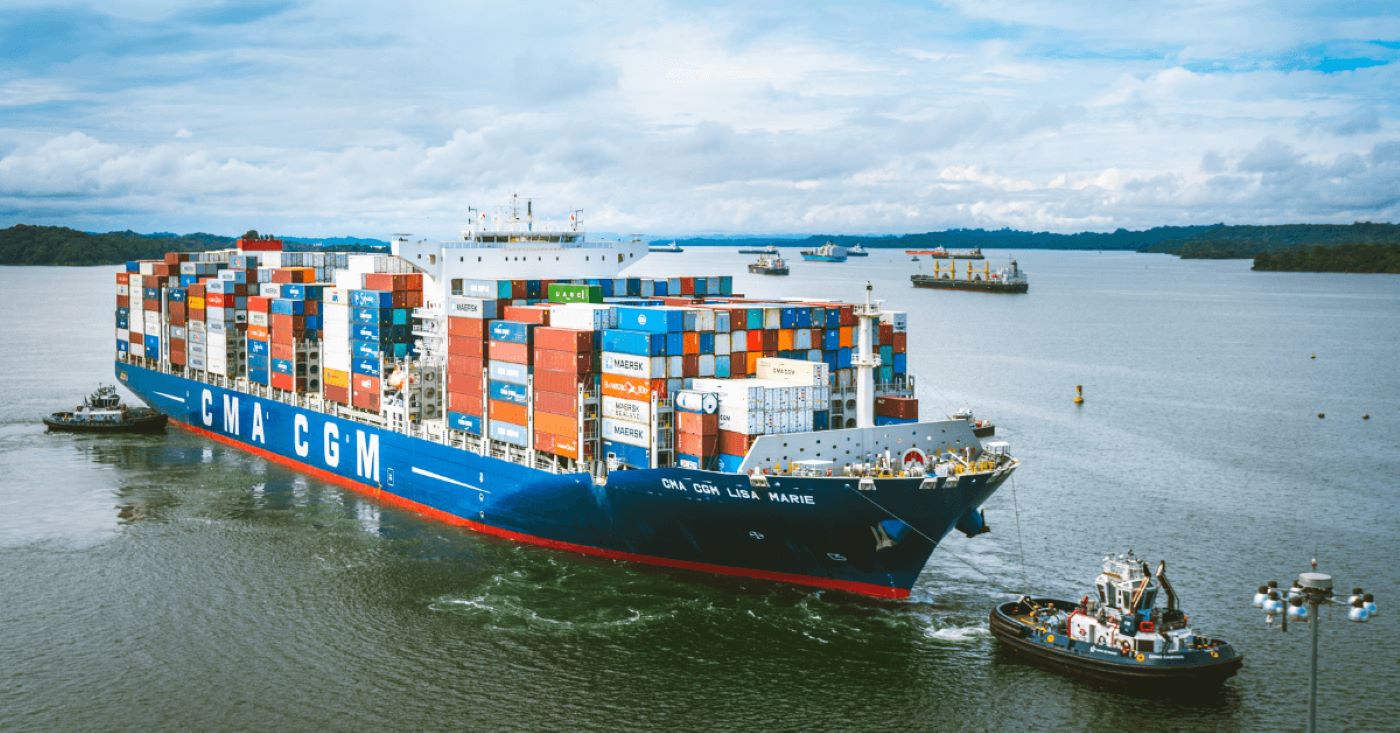
Panama To Introduce Priority Vessel Passage
During Phase 2, ACP representatives have indicated that shipowners and operators must submit a technology screening report to assess their vessels’ energy efficiency technologies.
Regarding fuel eligibility, ships qualifying for the NetZero Slot must be certified for the use of specific low-carbon fuels. As explained, this program prioritizes vessels utilizing energy sources such as liquefied natural gas (LNG), ammonia, or hydrogen-based alternatives that meet the carbon intensity thresholds established in Phase 1.
In terms of selection criteria, the ACP has stated that priority will be given to laden vessels and those with higher Panama Canal Universal Measurement System (PCUMS) capacities. This measure is expected to enhance operational efficiency, particularly for larger ships.
For context, despite experiencing a decrease in deep-draft transits in 2023—primarily due to the COVID-19 pandemic and climate-related disruptions—the Panama Canal reported a ‘very stable’ fiscal year in 2024, with optimistic projections for the future.
Speaking at a maritime conference in Houston, Texas, in November 2024, canal administrator Ricaurte Vásquez shared insights into Panama’s strategies to accelerate its ambitions of becoming an “integral shipping hub” and a ‘leader’ in sustainability. One key avenue under consideration is diversification.
More recently, in early March 2025, Vásquez visited Japan to attend a conference focused on the “sustainable and efficient” trade flows of liquefied petroleum gas (LPG).
During the event, held in Tokyo, Vásquez reportedly reaffirmed Panama’s commitment to strengthening ties with Japan—recognized as the canal’s third-largest user—particularly in response to growing geopolitical challenges.



